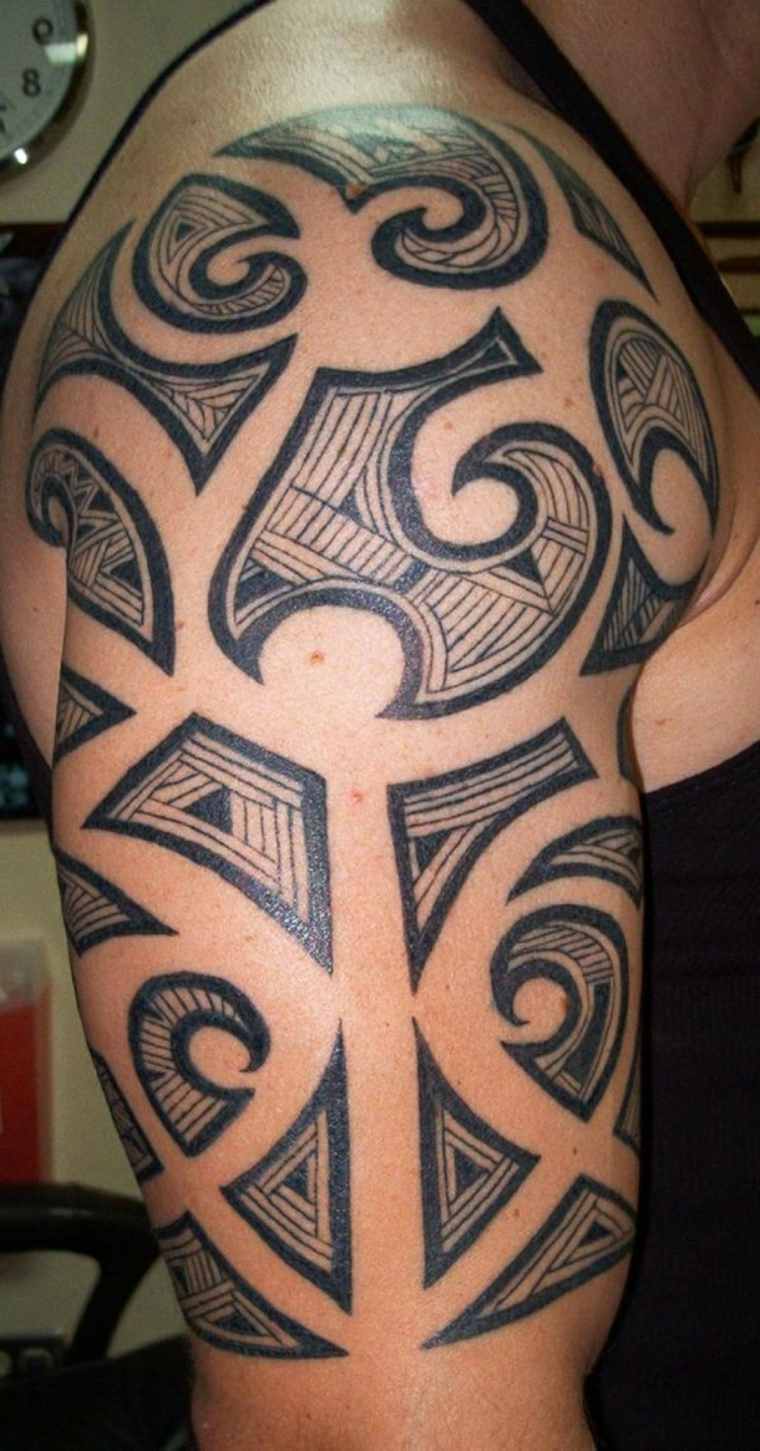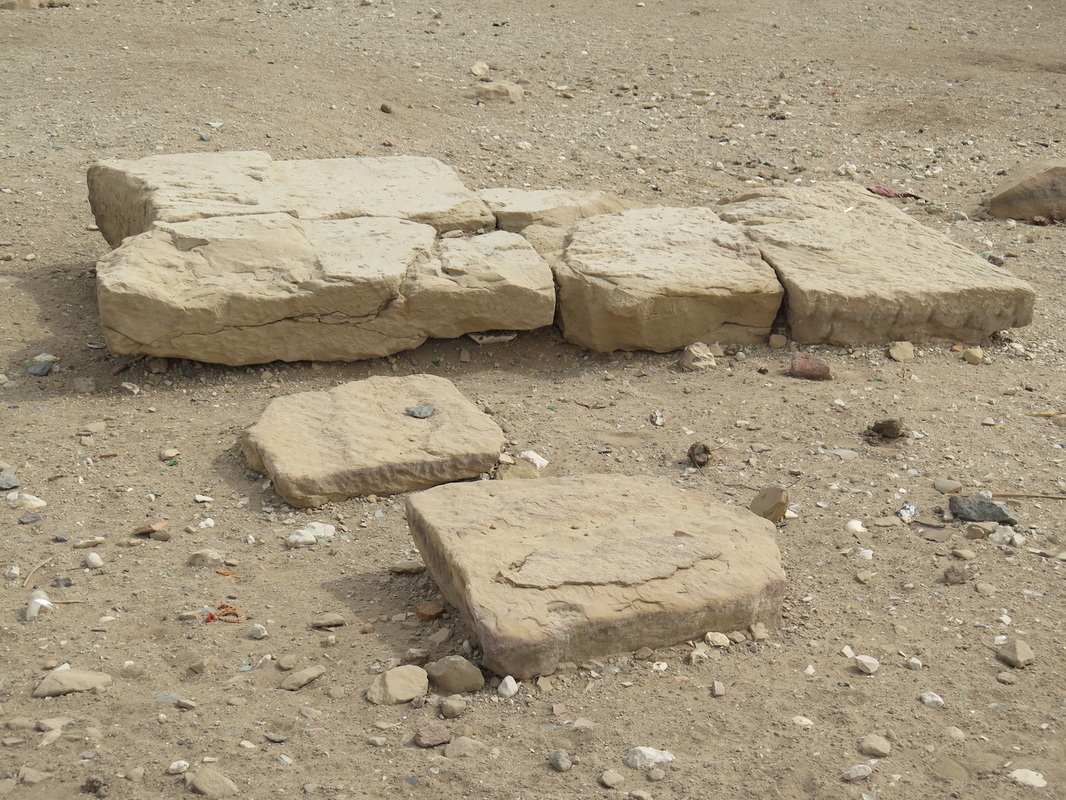

The collection includes a blue lotus chalice, Sistra and over 200 objects from Amarna plus a very fine collection of Bes items and amulets. Among the most interesting and exciting objects are: A possible Predynastic tusk figure Cartonnage showing Sycamore Goddess and, Pottery Fertility Figurines. They have items dating from 1000,000 BC to 500 AD, including: A 21st Dynasty Coffin 4 New Kingdom beaded collars Pottery A number of items depicting the god Bes Fish shaped cosmetic palettes A Third Intermediate Period coffin lid An offering table belonging to Paneb A first century AD stela from Edfu A paddle doll Coffin fragments belonging to Amenhotep Son of Hapu Offering trays and, a text version of an exhibition entitled 'Reflections Of Women In Ancient Egypt: Women, Museums and Egyptologists'. Others came from: the British Museum the Royal Edinburgh Museum National Museums and Galleries of Wales Cardiff the Royal Albert Museum and Art Gallery and also private donors. Most of them were collected by the pharmacist Sir Henry Wellcome. There are over 4500 items in the collection.

The Egypt Centre opened to the public in September 1998. It has been in the University since the early 1970s. The Egypt Centre houses part of the collection of the pharmacist Sir Henry Wellcome from the turn of the century. It is part of the University of Wales Swansea. Wikimedia Commons has media related to Amenhotep, son of Hapu.The Egypt Centre is a museum of Egyptian antiquities.

His cult was initially limited to the Thebes area, with a funerary temple constructed to him during his lifetime next to that of Amenhotep III. He was a deified human and thus was depicted only in human form. There are several surviving statues of him as a scribe, portraying him as a young man and as an older man. He was also revered as a healer and eventually worshipped as a god of healing, like his predecessor Imhotep. According to some reliefs in the tomb of Ramose, he may have died in the 31st year of Amenhotep III.Īfter his death, his reputation grew and he was revered for his teachings and as a philosopher. He may also have been the architect of the Temple of Soleb in Nubia. He was also an architect and supervised several building projects, among them Amenhotep III's mortuary temple at western Thebes, of which only two statues remain nowadays, known as the Colossi of Memnon. He was a priest and a Scribe of Recruits (organizing the labour and supplying the manpower for the Pharaoh's projects, both civilian and military). He is said to have been born at the end of Thutmose III's reign, in the town of Athribis (modern Banha in the north of Cairo).

Amenhotep, son of Hapu, was an architect, a priest, a scribe, and a public official, who held a number of offices under Amenhotep III.


 0 kommentar(er)
0 kommentar(er)
